Atis Rezistans at documenta 15: St. Kunigundis meets Haitian Voodoo
peter seeland
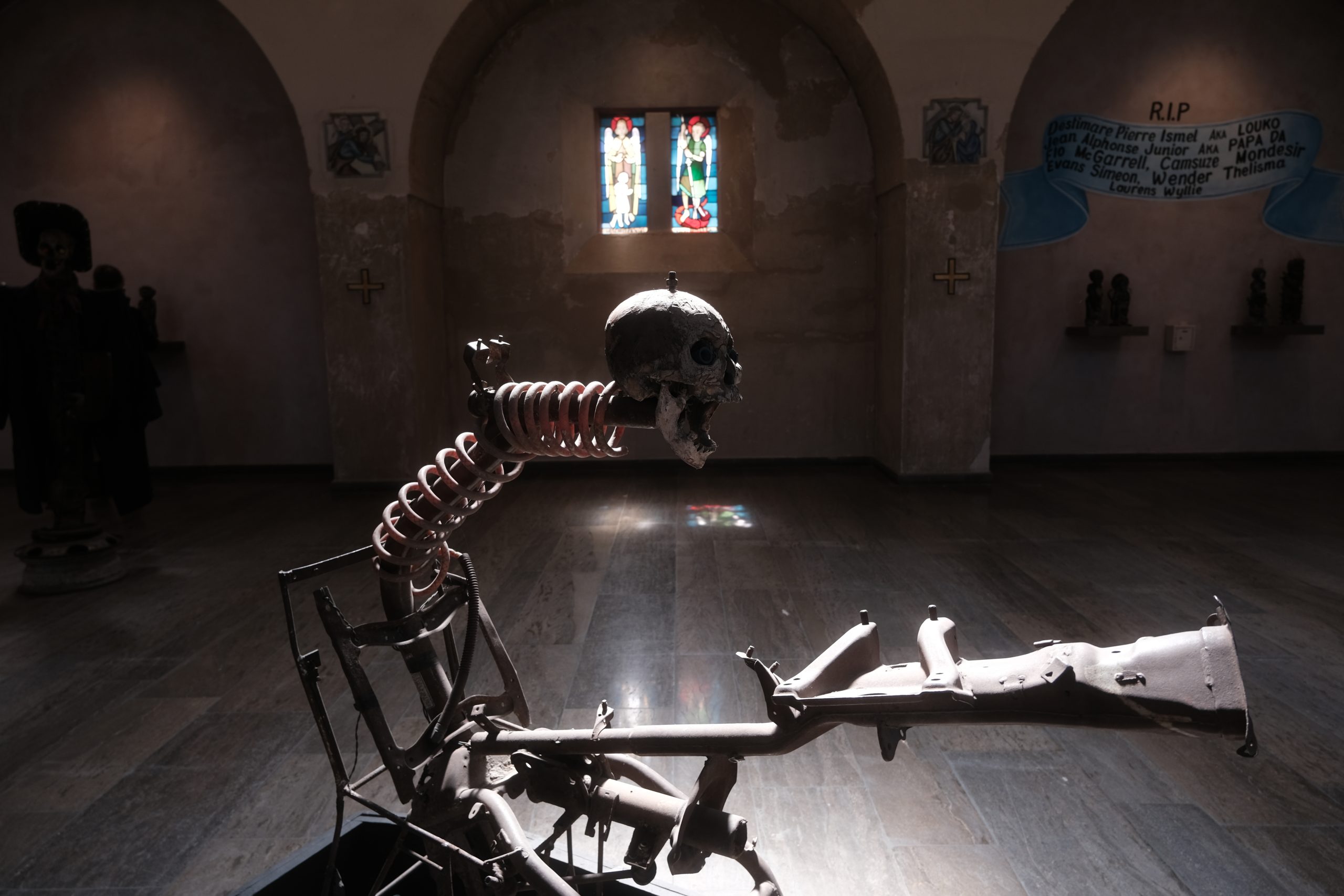
Fig. 01: André Eugène: Gede Sekey (2009), here in the St Kunigundis Church in Kassel (while d15). while d15. Image: Čedo Dragomirovic, 21.06.2022.
A human skull opens its jaw. Maybe in an obscene laugh? Metal, cables and wire form its body, which is erect in a coffin. A metal phallus protrudes from the lap. It is a scene that is difficult to reconcile at first with the clearly Christian motifs in the stained-glass windows in the background. A skull without a reliquary in a church? On top with a huge phallus?
We are on the periphery of documenta 15 in the Bettenhausen district of Kassel, in the Catholic church of St Kunigundis. We are looking at Gede Sekey, a sculpture of the Haitian collective Atis Rezistans, which is exhibiting here (figure 01). The church was consecrated in 1927 and is made of quarry stone and prestressed concrete. Built in the architectural style of the Heimatschutzarchitektur, the interior is decorated with mosaics and the exterior above the doorway with sandstone figures. The building has been renovated, and it reopened for the first time in 2022 for the d15 exhibition.[1]
Atis Rezistans was founded in the 1990s in Port-au-Prince.[2] Today, members from all over the world create art from diverse media and forms. The central themes are Haiti’s role in the global postcolonial liberation struggle and conditions in contemporary Haiti. The formal language is influenced by everyday Haitian culture, the social landscape and Haitian Voodoo.[3]
The exhibition takes extends throughout the church grounds. An overarching theme is the Haitian Voodoo. A YouTube video gives an impression of the exhibition while the collective performs:
But what do Voodoo and Haiti have to do with a church in Kassel? The artworks guide us through the exhibition for answers.
Two cross-shaped sculptures by Andre Eugéné made of stacked oil drums flank the entrance to the church (figure 02). The sculptures bear the names Bawon Samedi and Gran Brijit. They stand in front of the figures of Mary and the saints under the entrance.

Fig. 02: André Eugenè: Bawon Samedi (2022), here in front of the St Kunigundis Church in Kassel (while d15).
Image: Čedo Dragomirovic, 21.06.2022.
To grasp the sculptures, a look at the structure of Voodoo helps. The world of Voodoo is divided into two parts: a mundane world with humans, animals and objects and a transcendent world of spirits and the dead. Homage is paid to the Lwa, the spirits. They were given to people to connect them to the transcendent world. The Lwa are divided into families, called Nasyon.[4] In the case of Bawon Samedi, the stamped patterns indicate his position. He is the head of the Gede, the Nasyon responsible for death and fertility. Through him, one can communicate with the deceased. As one of the popular Lwa, he is a popular motif in Haitian art.[5] In Voodoo, the shape of the cross stands for the crossroads between life and death. Bawon Samedi decides at the crossroads which path the faithful have to take. [6]
Death occupies a special position in voodoo. When ancestors pass into the realm of the dead, it becomes possible to communicate with them. It enables a spiritual connection and transmission of tradition through the generations. Gran Brijit, Bawon Samedi‘s wife, is the guardian of graves and cemeteries.[7] Eugéné thus marks the exhibition site through Bawon Samedi and Gran Brijit as the Ounfo, or cult site, of the Gede.
The location of the sculptures in front of a Christian church is reminiscent of Plaine du Nord in Haiti, a Voodoo pilgrimage site whose entrance is lined with a large cross. Colonial powers once forced Catholicism upon the enslaved people there and placed its symbols on Voodoo places of worship.[8] There is a striking reference to this past in front of St. Kunigundis: Haitians displaying Voodoo symbols in front of a church. It’s perhaps more an invitation to dialogue than an act of suppression. There is a transfer of ideas from contemporary, lived Haitian Voodoo to the middle of Europe. A transfer that surely displays aspects of dis:connectivity: just as the common, echoing colonial history connects, spatial and cultural distance simultaneously disconnects.
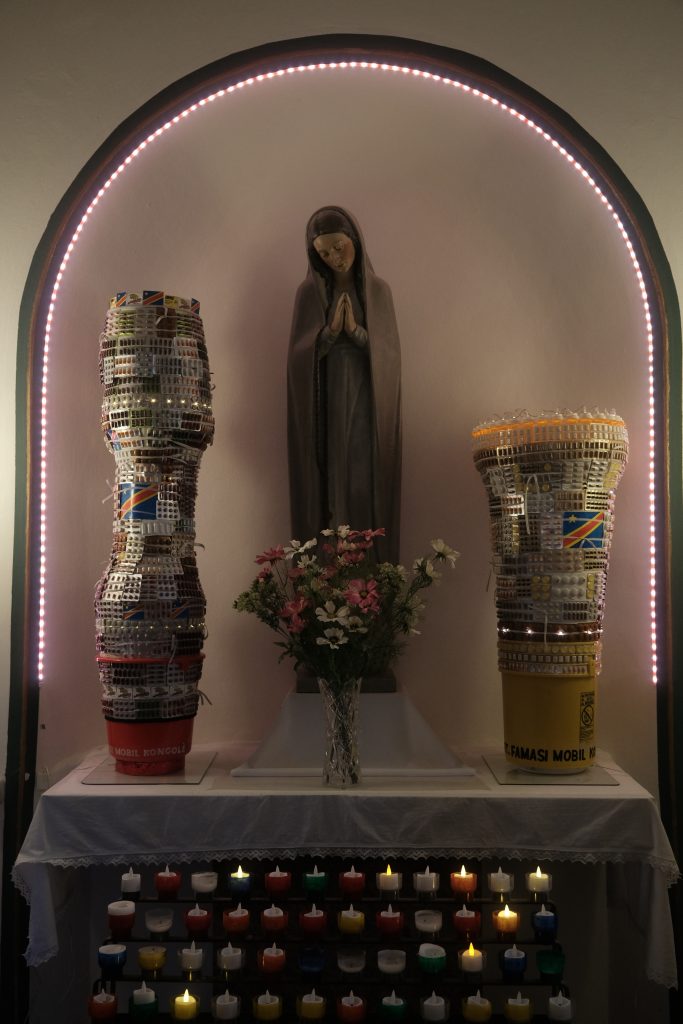
Fig. 03 : Lafleur & Bogaert: Famasi Mobil Kongolè (2019-2022), here installed in the Lady chapel of St Kunigundis, Kassel (while d15).
Image: Čedo Dragomirovic, 21.06.2022
Entering the church, we come to a Lady chapel with a wooden Virgin Mary flanked by two sculptures of Lafleur & Bogaert, an artist duo (figure 03). Plastic buckets were connected with tape and covered with coloured pills. Congolese flags are stuck between the pills. The title Famasi Mobil Kongolè reveals yet more: the artists allude to the mobile pharmacies of street vendors and so to Haiti’s fragile health system. These vendors provide medical care to many Haitians in place of an intact health system. But what does the reference to Congo mean? The answer lies in colonial history. After the island was conquered by the Spanish, the western part, today’s Haiti, was left to the French and the indigenous population was almost wiped out by epidemics and forced labour.[9] In order to continue operating the plantations, millions of enslaved people from Africa were forced to Haiti. At the end of the 18th century, 90 per cent of the population were enslaved Africans,[10] most of them from the Congo.[11] Famasi Mobil Kongolè thus refers to the historical connection of modern Haiti to the Congo but also to the disconnection through the diaspora. Objects of health are installed here as in a shrine around the Virgin Mary. Do they represent a plea for relief from the current misery in Haiti and the Congo caused by the colonialism? However, the Haitian reality is here juxtaposed with a Christian-European context. Where otherwise Catholics present petitions, here it is followers of Haitian voodoo who erect a shrine.
Leaving the Lady chapel behind and entering the nave, we gaze upon an abundance of sculptures and paintings. Anthropomorphic figures populate the space usually occupied by the pews where the congregation attend services (figure 04, figure 05). At second glance, one sees that the figures are formed from human bones held together by recycled wire, cloth, mechanical objects and plastic. At third glance, one notices artworks in the side niches and a floating platform between the ceiling and the floor.
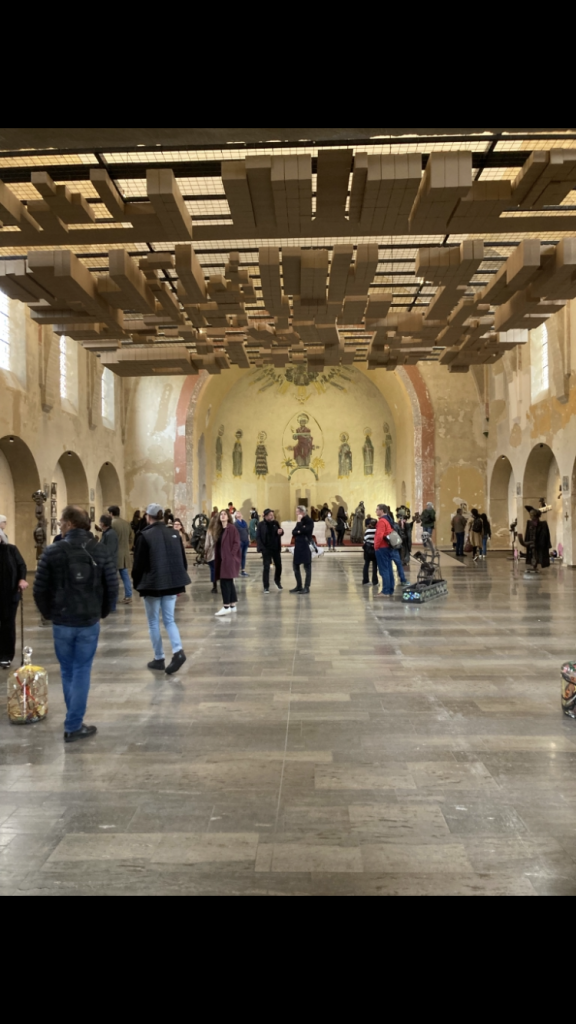
Fig. 04: View into the St. Kunignudis Church while Atis Rezistans exhibition at d15.
Image: Čedo Dragomirovic, 21.06.2022
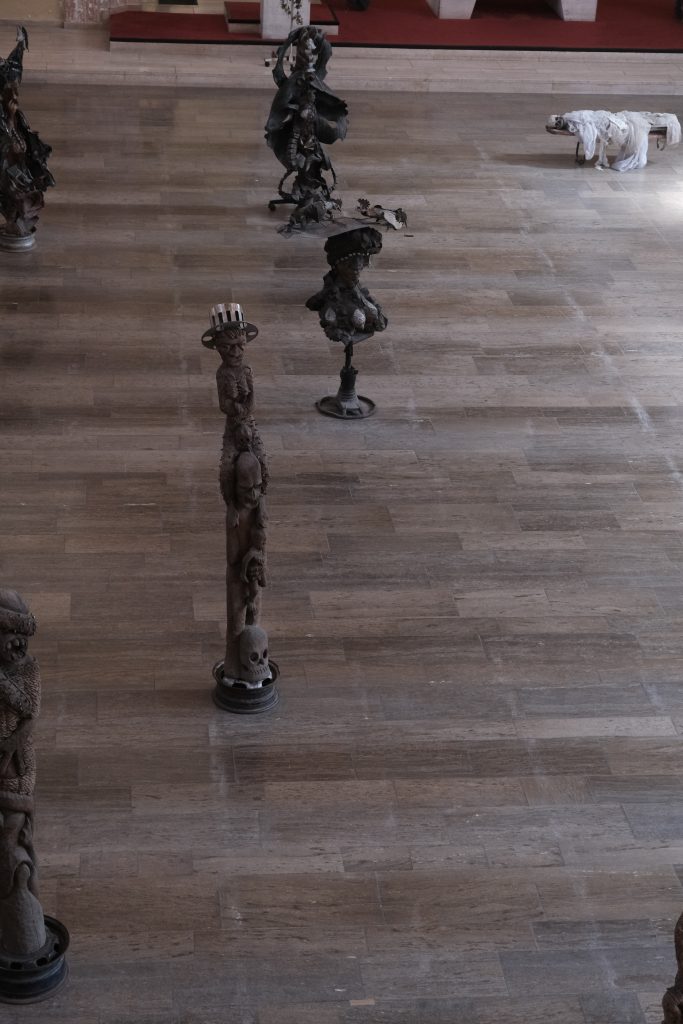
Fig. 05: View into the St Kunignudis Church while Atis Rezistans exhibition at d15.
Image: Čedo Dragomirovic, 21.06.2022.
Turning to the niches, we see a sculpture floating in the air at eye level (figure 07). There, where the Passion of Christ is usually depicted, hangs a doll sitting on a horse. Dressed in dark robes and laughing, the right hand wields a cardboard sword. Sen Jak Maje, Saint James the Great, is the title Katelyne Alexis gave to her work in 2015. How is this childlike knight connected to Saint James, who is known as a pilgrim with a dog and a cape? If we look deeper into the Christian-European iconography of Saint James, similarities emerge. According to legend, James stood by Iberian Christians as a warrior against Muslims.[12] Bringing the depiction of George the dragon-slayer and this legend together, the depiction of James as a riding warrior developed in ninth-century Spain.[13] Named Santiago Matamoros, he was invoked primarily in confrontations with Muslims or in the conquest of America,[14] for example, in the sculpture above the main altar of the Church of Santiago in Logroño , which can be compared with the Sen Jak Maje in Kassel. However, Sen Jak Maje does not point his sword at Islam but swings it towards the altar.
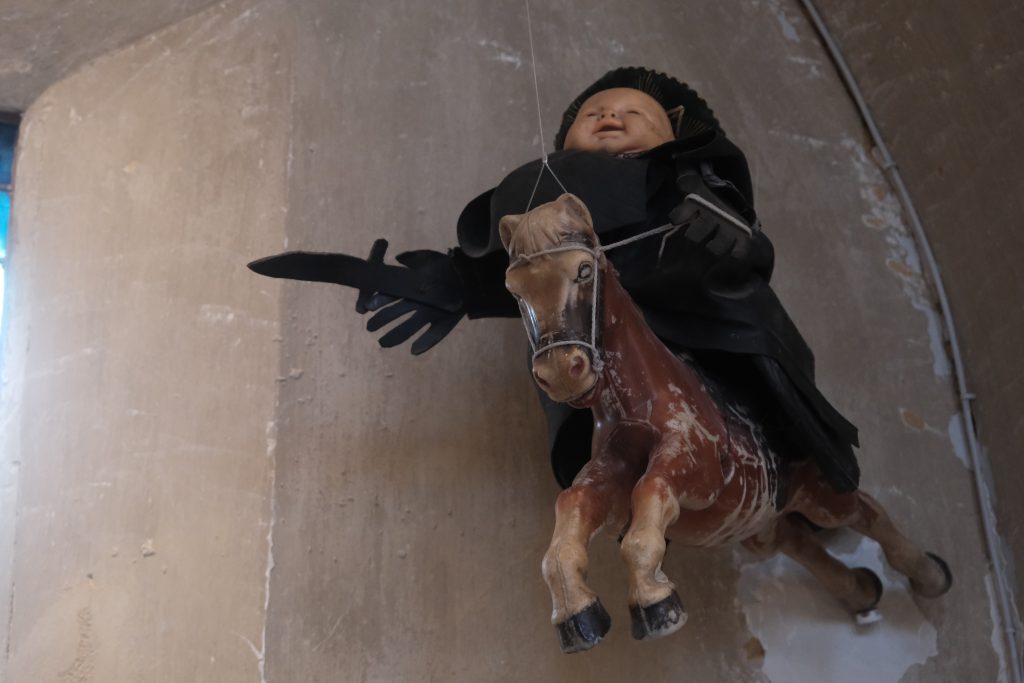
Fig. 06: Katelyne Alexis: Sen Jak Maje (2015), here in the St. Kunigunis Church, Kassel (while d15).
Image: Čedo Dragomirovic, 21.06.2022.
But how did a Catholic Saint end up in the title of this work? And how does its iconography relate to an Ounfo? The history of Haitian Voodoo may helps to understand its relationship to Catholicism. Haitian Voodoo has two main origins, both in Africa: The Rada Cult, originated in Dahomey and the Petro Cult, which originated in the area of modern Congo. Neither cult is not clearly defined, and local varieties can differ greatly. These cults came to Haiti on slave ships. There they met in a confined space and syncretism occurred. The new cults synthesised in the melting pot, forming the basis of Haitian Voodoo and differing from each other as much as from their origins.[15] The Catholic colonial powers used the strategy of cultural amnesia to break the people and make them submit. Before being abducted to Haiti, they had to circumvent the so-called tree of oblivion to turn their backs on their cultures.[16] The Christian mission entailed imposing Catholicism by using laws and religious prohibitions to compel the slaves.[17] But instead of mere Christianisation, the cults developed under this repression. It led to some standardisation of the cults and the formation of identities.[18]
But violence led also to the adaptation of Catholic elements in Voodoo through forced estrangement and complying with new rules as a means of survival.[19] The cults thus include Catholic saints in their pantheon, merge them with African-rooted deities and incorporate Catholicism into cult practice. In doing so, the Catholic is complementary and superficial rather than dominant.[20], However, iconographic or attributive similarity also often promotes a synthesis rooted in compulsion and steers it in certain directions.[21]
This explains Sen Jak Major: Ogún, a Yoruba war divinity, who is considered one of the oldest and most popular West African deities.[22] He is depicted as a warrior on horseback.[23] Thus, he resembles Santiago Matamoros and is associated with him under the name Ogou Feray by early Voodoo, which is also contains Yoruba influences.[24] Sen Jak is thus a syncretism of Santiago Matamoros and Ogún. [25] So, an African god, wearing a Catholic mask through colonial history, turns his sword towards the altar. He points to the religion that committed crimes against his people and culture. Is he drawing attention to the fact that colonialism has not yet been overcome? Is he encouraging the inexhaustible struggle for freedom?
Throughout Haitian history, Voodoo consolidates and serves as a retreat and social identity in times of fear and misery.[26] It has also exerted great influence on Haiti’s independence efforts and revolutions. Voodoo priest Dutty Boukman is said to have preached about ‘freedom or death’ in 1791 and thus instigated one of the first revolts.[27] Today, Voodoo still stands for the struggle for freedom. The society is still roughly divided into a small, wealthy, Catholic and Westernised elite and an impoverished majority with Voodoo beliefs. The Catholic Church continued its campaign against Voodoo into the 20st century, violent repression continued in 1942. [28] Today, most Voodoo believers are baptised Catholics, and Catholicism is an integral part of Voodoo. Since 2003, Haitian Voodoo has been the official national religion.[29]
The altar area is unusually open. Where priests normally say mass, we encounter further sculptures by Jean Claude Saintilus. Notre Dame de Sept Doleurs (figure 07). To the left of the altar she sits on a plastic chair. Blue textiles veil the body, head and shoulders. Only the face of a human skull peers out from the headscarf. Her eye sockets are filled with metal. Around her neck she wears a clock In the lap lies a nest made of wire, on which an unclothed doll with dark skin is bedded. The doll wears a shell necklace. Between the watch and the doll is an open Bible. Matthew 27.20 to Matthew 28.6, the condemnation, mocking and crucifixion of Jesus until the resurrection, are visible. The sculptures immediately bring to mind representations of Mary and baby Jesus.
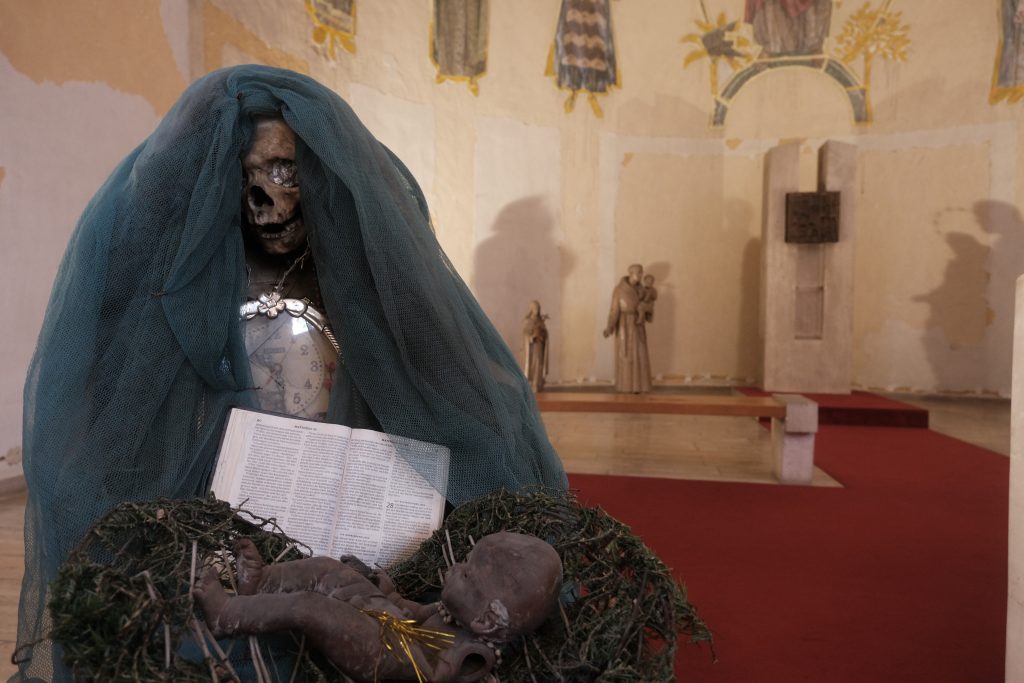
Fig. 07 : Jean Claude Saintilus : Notre Dame de Sept Doleurs (2015), here in the St. Kunigunis Church, Kassel (while d15). Image: Čedo Dragomirovic, 21.06.2022.
The Catholic reference is obvious. One interpretation could be that the Bible passage and the Child (Jesus?) in combination with the clock are symbols of life approaching death. Many iconographic details seem to indicate that the specific role of death in Voodoo and the image of man linked to it are brought together with Christian ideas. This is also reflected in the synthesis of the formal languages: a Christian Mary made of classical Voodoo cult materials, like recycled material and human bones. The syncretism reaches a climax here.
Voodoo iconography is in a constant state of change, and the Catholic influence is one of many.[30] Atis Rezistans are no exception, and they find their own formal language. They imbue bones and waste with spirit and religious ideas. By decorating the bones with objects of the present, they, like the Lwa, span a bridge between death and life, history and the present.
That the exhibition, its works and artists inside have sprung from contemporary Haiti is also evident in the ceiling installation Floating Ghetto made of metal, cardboard boxes and cables. Church, sculptures and the installation intertwine in the shadows. It seems to run parallel to the artists intertwined with history, culture and Catholicism. Floating Ghetto depicts the area around Boulevard Jean-Jaques Dessalines in Port-au-Prince. The adjacent neighbourhoods are populated by the poor, and this is where the recycled material comes from. It connects different historical, geographical and social spaces and is understood as a symbol of the city. This is where Atis Rezistans and their works come from. Many of the people whose bones are used spent their lives on these streets. These bones are provided with recycled remains of a global and local economy, so the sculptures are placed in the Haitian history and a global present. The descendants of people who were exploited to generate the wealth on which the modern Western economy is partly built locate themselves in this world. Placed in the middle of Europe, they thus draw attention to their history and the present and invite us to broaden our perspective.
On several levels, the exhibition reveals a global dynamic of ideas involving change and syncretism: slavery forces African cults into Haiti. A dis:connective relationship emerges: the cults are connected to their homeland through cultural tradition and religion and simultaneously disconnected through the diaspora and the pressure of repression. Haitian Voodoo emerges under this dis:connectivity. Atis Rezistans brings the contemporary lived Haitian Voodoo through art to Europe. The locally lived Voodoo is embedded in a local Catholic space as a result of global processes of dis:connectivity. Atis Rezistans proceeds cautiously, allowing cultural exchange and avoiding unilateral imposition. Africa, Haiti and Europe all find a place here under one roof. The Gede and St. Kunigundis are in lively dialogue.
[1] Georg Dehio, Handbuch der deutschen Kunstdenkmäler. Hessen 1, Regierungsbezirke Gießen und Kassel (München: Ernst Wasmuth Verlag, 2008), 103.
[2] Detailed information can be found on the website of the collective: http://www.atis-rezistans.com/
[3] Rafael Camacho, ‘Photo Essay: Atis Rezistans: Preserving Haiti’s Anticolonial Resistance’, NACLA, Report on the Americas 50, no. 2 (2018): 188–93.
[4] Turine Gael and Laennec Hurbon, eds., Voodoo (Tielt: Lannoo Publishers, 2010), 11, And:; Emmanuel Felix, Understanding Haitian Voodoo (Milano: Xulon Press, 2009), 54–56.
[5] Gael and Hurbon, Voodoo, 182.
[6] Gael and Hurbon, 182.
[7] Gael and Hurbon, 221.
[8] Gael and Hurbon, 100.
[9] George Kohn, Encyclopedia of Plague and Pestilence. From Ancient Times to the Present. (New York: Infobased Publishing, 2007), 160.
[10] C.L.R James, The Black Jacobins (New York: Penguin Modern Classics, 1963), 55; Andrian Kreye, ‘Napoleons Schmach: Die Wurzeln des Elends liegen in der Vergangenheit: Haiti bezahlt immer noch für seine Befreiung vor 200 Jahren: Auch damals nahmen die Wichtigen der Welt den Insel-Staat nicht ernst.’, Süddeutsche Zeitung, 19 January 2010.
[11] Gabriel Debien, ‘Les Origines Des Esclaves Des Antilles’, Bulletin de l’Institut Français d’Afrique Noir, 1963, 396.
[12] Klaus Herbers, ‘Politik und Heiligenverehrung auf der Iberischen Halbinsel: Die Entwicklung des „politischen Jakobus“’, in Politik und Heiligenverehrung im Hochmittelalter, ed. Jürgen Petersohn (Sigmaringen: Jan Thorbecke Verlag, 1994), 233–35.
[13] Adám Anderle, Hungría y España. Relaciones Milenarias. Szegedi Egyetemi Kiadó (Szaged: Szegedi Egyetemi Kiadó, 2007), 16.
[14] Claudio Sánchez-Albornoz, ‘La Auténtica Batalla de Clavijo’, Cuadernos de Historia de España 9 (1948): 94–139.
[15] Luc de Heusch, ‘Kongo in Haiti: A New Approach to Religious Syncretism’, Man 24, no. 2 (1989): 290.
[16] Gael and Hurbon, Voodoo, 11.
[17] Rosa Amelia Plumelle-Uribe, Victimes Des Esclavagistes Musulmans, Chrétiens et Juifs. Racialisation et Banalisation d’un Crime Contre l’humanité. (Paris: ANIBWE, 2012), 112.
[18] Katherine Smith, ‘Sean Jean Baptiste, Haitian Vodou, and the Masonic Imaginary’, in Freemasonry and the Visaul Arts from the Eighteenth Century Forward. Historical and Global Perspectives, ed. Reva Wolf and Alisa Luxenberg (New York: Bloomsbury Publisher, 2019), 243.
[19] Daniel Douglas, ‘Pioneer Urbanities: A Social and Cultural History of Black San Fransisco’ (Philadelphia: University of California Press, 1980), 136.
[20] Heusch, ‘Kongo in Haiti: A New Approach to Religious Syncretism’, 291.
[21] Heusch, 291.
[22] See: Baba Ifa Karade, The Handbook of Yoruba Religious Concepts (Maine: Weiser Books, 1994).
[23] Hans Gerald Hödl, ‘Afrikanische Religionen II – Einführung in die Religion der Yorùbá’ (Lecture Summer Term 2003, Universität Wien, Wien: Memento Internet Archive, 2003), 10.
[24] Hödl, 294.
[25] Heusch, ‘Kongo in Haiti: A New Approach to Religious Syncretism’, 291.
[26] Heusch, 290.
[27] Ghetto Biennale Atis Rezistans, ed., ‘Booklet St. Kunigundis’, 2022 See: Haitian History.
[28] Heusch, ‘Kongo in Haiti: A New Approach to Religious Syncretism’, 294.
[29] Alfred Métraux, Voodoo in Haiti (Gifkendorf: Merlin Verlag, 1994), 291.
[30] Smith, ‘Sean Jean Baptiste, Haitian Vodou, and the Masonic Imaginary’, 245.
bibliography
Anderle, Adám. Hungría y España. Relaciones Milenarias. Szegedi Egyetemi Kiadó. Szaged: Szegedi Egyetemi Kiadó, 2007.
Atis Rezistans, Ghetto Biennale, ed. ‘Booklet St. Kunigundis’, 2022.
Camacho, Rafael. ‘Photo Essay: Atis Rezistans: Preserving Haiti’s Anticolonial Resistance’. NACLA, Report on the Americas 50, no. 2 (2018): 188–93.
Debien, Gabriel. ‘Les Origines Des Esclaves Des Antilles’. Bulletin de l’Institut Français d’Afrique Noir, 1963.
Dehio, Georg. Handbuch der deutschen Kunstdenkmäler. Hessen 1, Regierungsbezirke Gießen und Kassel. München: Ernst Wasmuth Verlag, 2008.
Douglas, Daniel. ‘Pioneer Urbanities: A Social and Cultural History of Black San Fransisco’. Philadelphia: University of California Press, 1980.
Felix, Emmanuel. Understanding Haitian Voodoo. Milano: Xulon Press, 2009.
Gael, Turine, and Laennec Hurbon, eds. Voodoo. Tielt: Lannoo Publishers, 2010.
Herbers, Klaus. ‘Politik und Heiligenverehrung auf der Iberischen Halbinsel: Die Entwicklung des „politischen Jakobus“’. In Politik und Heiligenverehrung im Hochmittelalter, edited by Jürgen Petersohn, 177–275. Sigmaringen: Jan Thorbecke Verlag, 1994.
Heusch, Luc de. ‘Kongo in Haiti: A New Approach to Religious Syncretism’. Man 24, no. 2 (1989): 290–303.
Hödl, Hans Gerald. ‘Afrikanische Religionen II – Einführung in die Religion der Yorùbá’. Wien: Memento Internet Archive, 2003.
James, C.L.R. The Black Jacobins. New York: Penguin Modern Classics, 1963.
Karade, Baba Ifa. The Handbook of Yoruba Religious Concepts. Maine: Weiser Books, 1994.
Kohn, George. Encyclopedia of Plague and Pestilence. From Ancient Times to the Present. New York: Infobased Publishing, 2007.
Kreye, Andrian. ‘Napoleons Schmach: Die Wurzeln des Elends liegen in der Vergangenheit: Haiti bezahlt immer noch für seine Befreiung vor 200 Jahren: Auch damals nahmen die Wichtigen der Welt den Insel-Staat nicht ernst.’ Süddeutsche Zeitung, 19 January 2010.
Métraux, Alfred. Voodoo in Haiti. Gifkendorf: Merlin Verlag, 1994.
Plumelle-Uribe, Rosa Amelia. Victimes Des Esclavagistes Musulmans, Chrétiens et Juifs. Racialisation et Banalisation d’un Crime Contre l’humanité. Paris: ANIBWE, 2012.
Sánchez-Albornoz, Claudio. ‘La Auténtica Batalla de Clavijo’. Cuadernos de Historia de España 9 (1948): 94–139.
Smith, Katherine. ‘Sean Jean Baptiste, Haitian Vodou, and the Masonic Imaginary’. In Freemasonry and the Visaul Arts from the Eighteenth Century Forward. Historical and Global Perspectives, edited by Reva Wolf and Alisa Luxenberg, 243–63. New York: Bloomsbury Publisher, 2019.





